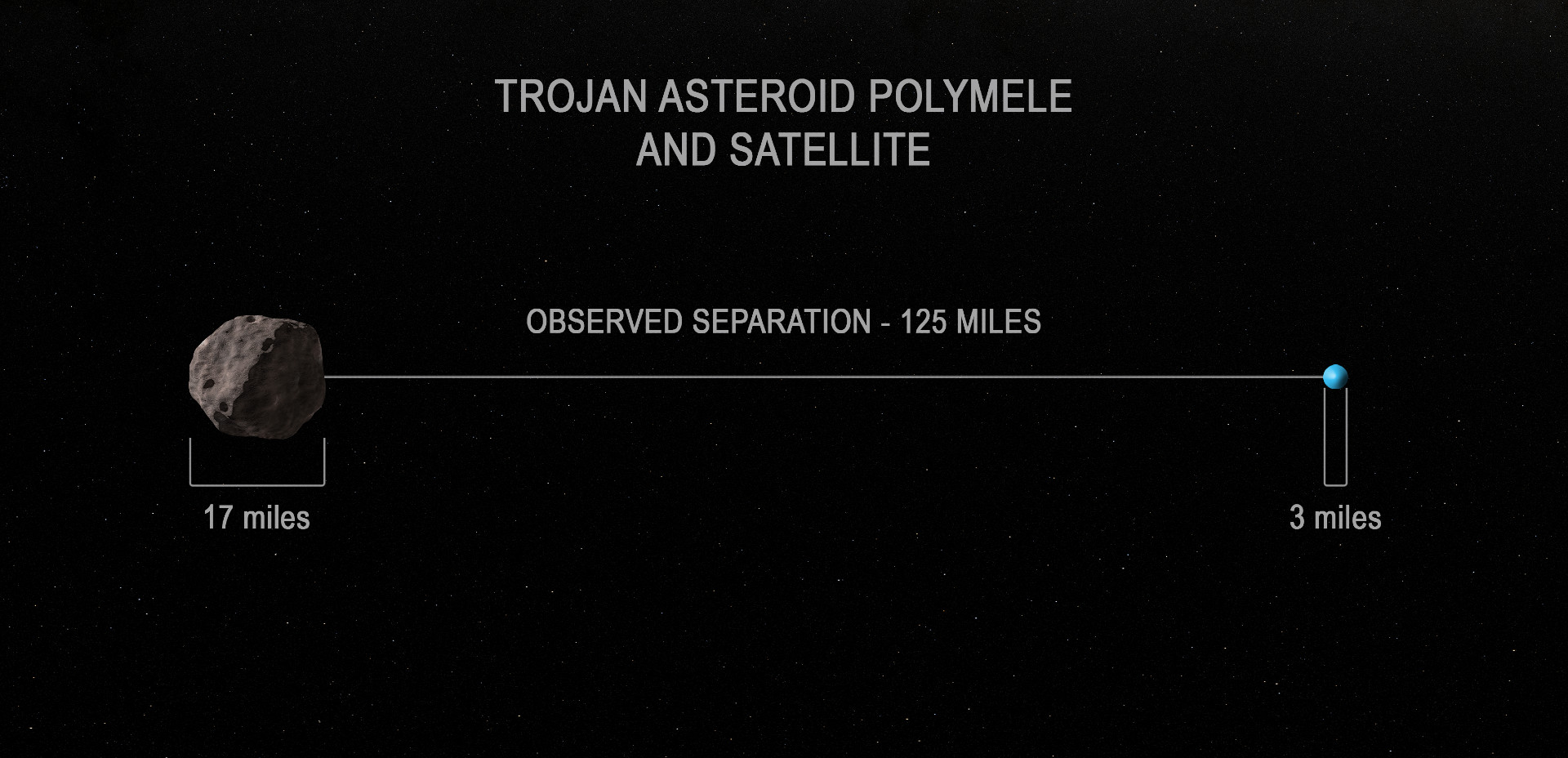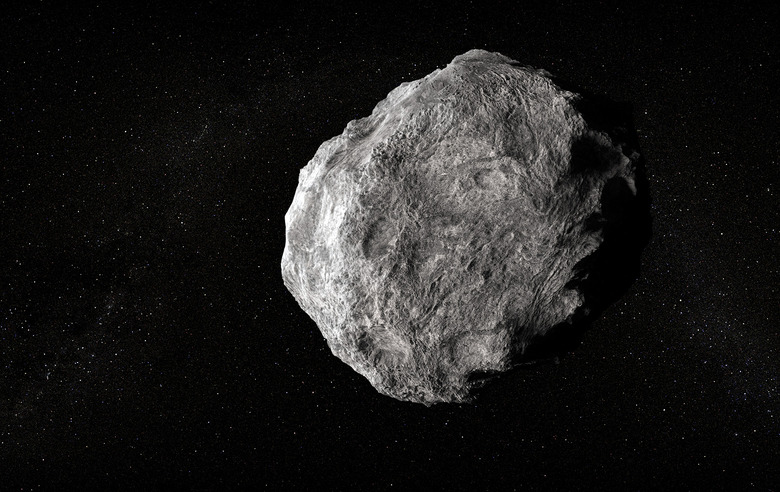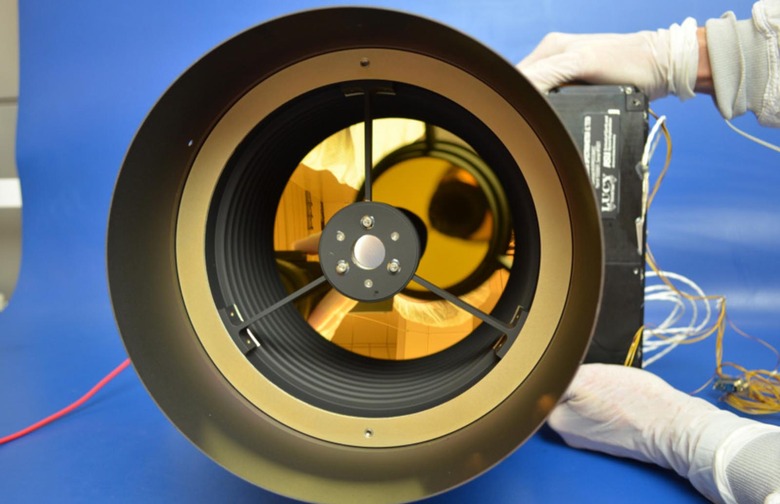NASA Found A 'Mini-Moon' Orbiting An Asteroid In The Outer Solar System
NASA has discovered a new mini-moon on the outskirts of our solar system. The tiny satellite was first noticed by Lucy in March of this year. Lucy, NASA's asteroid-study spacecraft, has observed multiple asteroids over the past several months. The tiny moon was discovered when an asteroid it was watching passed in front of a star.
NASA found a mini-moon orbiting an asteroid on the outer rim of the solar system
Scientists first caught sight of the mini-moon while observing an asteroid named Polymele, near the outskirts of the solar system. NASA says that the asteroid is around 17 miles along its widest axis. However, two research groups noticed something odd when it passed in front of a star.
The oddity was estimated to be around 3 miles wide, and it appeared to be orbiting the asteroid. This, they believe, is a mini-moon, a miniature satellite akin to our own lunar object. And, because it's so small, astronomers say the chances of us seeing this tiny satellite from Earth were near impossible.
That's because the tiny moon is orbiting too close to its parent asteroid. Further, they say that if Lucy had not been watching Polymele when it crossed in front of the star, we probably wouldn't have even seen the satellite.

Of course, confirming the existence of the mini-moon from long-distance observations isn't possible. Instead, astronomers must wait until the Lucy spacecraft approaches that particular asteroid in 2027. And, if we're lucky, there may be another point where the asteroid passes in front of a star just perfectly, giving us another view of this would-be satellite.
It's also important to note that only two out of 14 teams reporting on the observations noticed this tiny inconsistency. As such, it's possible the mini-moon could be something else entirely. Or it could not even exist at all. This is just another mystery that astronomers will need to use our advanced spacecraft to solve.

